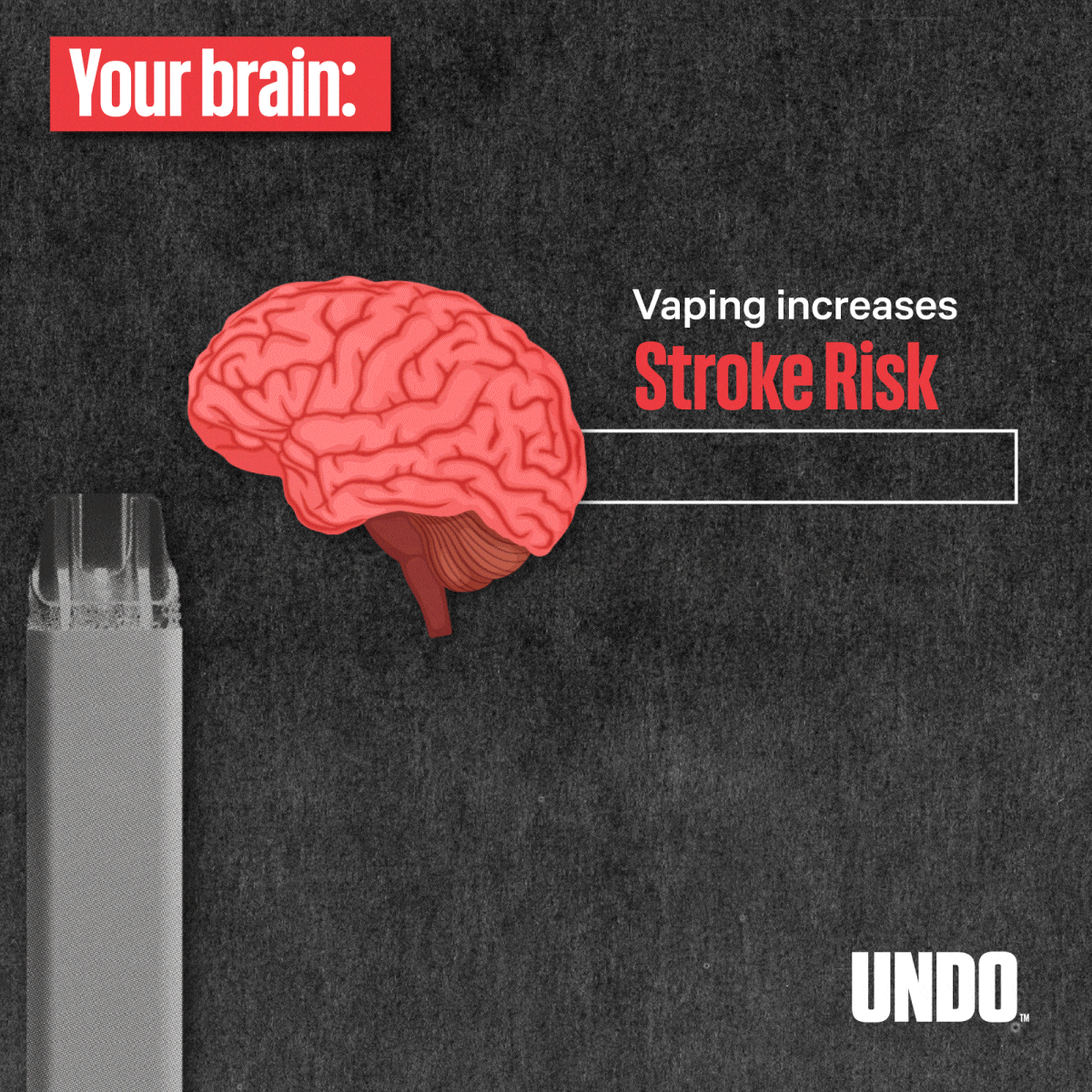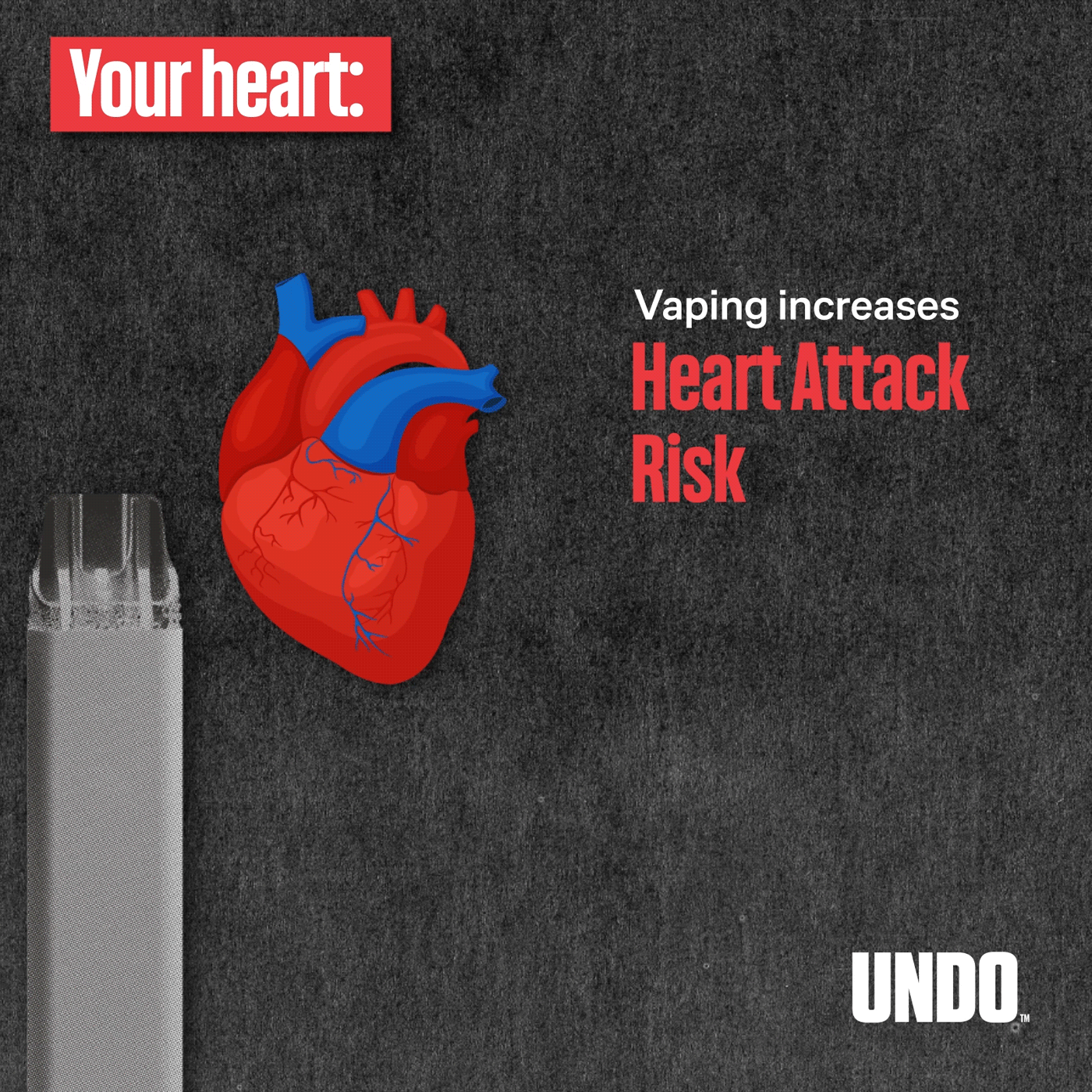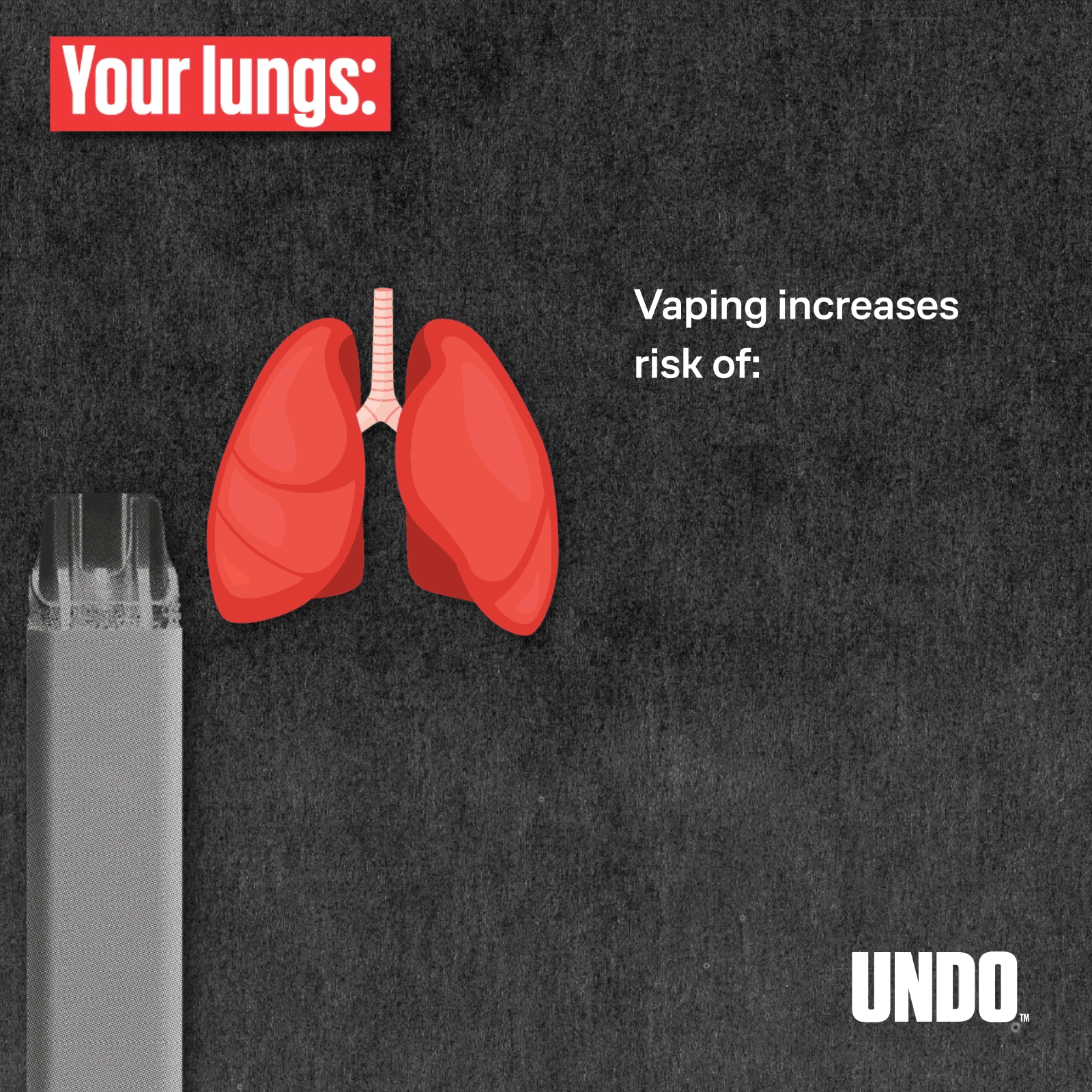Why vapes aren’t a safe smoking alternative
In this article
The deadliest industry is trying to rebrand itself as your friend, marketing themselves as the solution to the very problem they created – the smoking epidemic – by purchasing or investing in vape companies and pharmaceutical companies, and developing next generation tobacco products to diversify their portfolios.1234 Their true purpose? Keep people addicted and attract young people to be “replacement” customers.5
As a result of Big Tobacco’s deceptive marketing, Californians like you have a lot of questions about vapes.6 Here are answers to some of the most commonly asked questions.
What is a vaping device?
A vape, also called an e-cigarette, is an electronic device that heats a liquid solution, called “e-juice,” into an aerosol that is inhaled.7 These devices come in all shapes and sizes, and by design, the majority are meant to be thrown away after single or short-term use. Some vape products have replaceable pods or cartridges pre-filled with e-juice.89
Most vape e-juice contains dangerous substances including nicotine, cancer-causing chemicals, and heavy metals.1011 Many also contain kid-friendly flavors that mask the harsh taste of this harmful mixture.1012 In 2022, Californians overwhelmingly voted to uphold a law ending the sale of flavored tobacco products, including vapes, in retail stores. Flavored vapes are still available for sale online in California.13
Vapes are full of toxic chemicals that can harm the mind and body:10
- Nicotine – a poison that is highly addictive and impacts brain development.141516
- Benzene – a cancer-causing chemical commonly found in car exhaust.14
- Formaldehyde – a cancer-causing chemical found in most glues and paints.17
- Acrolein – herbicide used to kill weeds and irritates lungs even when inhaled in low doses.17
And it doesn’t end there. Heavy metals like lead, chromium, cadmium, and nickel are inhaled with every puff and may increase the risk of cancer.
With a list of ingredients composed of so many harmful substances, it is clear that vapes are unsafe, posing severe health risks to those who use these products.10
How does vaping affect your body?
From your brain to your heart and lungs, vaping has the potential to wreak havoc on your health. Let’s break them down, starting from the top:
Your brain: Nicotine permanently rewires the brain putting it more at risk for addiction to other substances — this is particularly true for kids and young adults.10 Vaping also increases your risk of having a stroke.18 People who vape are more likely to experience strokes even younger than cigarette smokers. Stroke survivors have a significantly greater risk of dying prematurely.192021
Your heart: Vaping increases your risk of having a heart attack. A review of four studies spanning over 500,000 individuals found that those who vape have a significantly higher risk of a heart attack than people who do not use vapes.222324
Your lungs: Vaping increases your risk of asthma, chronic obstructive pulmonary disease (COPD), emphysema, bronchitis, lipoid pneumonia, and may increase your risk of lung cancer.1122252627282930313233343536
Plus, vapes may cause “popcorn lung” which results in chronic coughing, wheezing, chest pain, and shortness of breath.2737
What is the impact of vaping on your mental health?
Vaping is associated with mental health challenges, including the nicotine in vapes changing the chemistry of the developing brain.38 Nicotine is a neurotoxin.394041 Research shows that vaping nicotine amplifies anxiety symptoms and feelings of depression.42434445 Vaping nicotine also increases mood swings and irritability, and is associated with increased learning difficulties.10144647
Are vapes a safe alternative to smoking?
No, vapes are not a safe alternative to cigarettes. Vapes are dangerous and addictive devices used to inhale aerosolized nicotine, flavorings, and toxic chemicals, including heavy metals like lead, volatile organic compounds, and cancer-causing agents.1048 Vaping increases the risk of serious disease like stroke, and may increase the risk of lung cancer.113031323334353649 The truth is there are no safe alternatives to smoking because there is no such thing as a safe tobacco product.50
Are vapes an effective quitting tool?
No. The evidence about using vapes to quit smoking is mixed at best. Vapes are consumer products sold by Big Tobacco to maximize profits.515253 They aren’t a pharmaceutical product designed to help people quit smoking.234 Although the FDA does have an approved list of cessation devices and medications to help tobacco users quit, vape products have not been approved or authorized to date. No matter what Big Tobacco’s rebrand says, they aren’t interested in helping people quit. They are interested in protecting their profits.
Many people who use vapes to help them quit cigarettes end up using both products, something called “dual use.”545556 Studies have shown that dual use of cigarettes and vapes is more harmful than just using one product alone.57
While there is some evidence that vapes, when used under strict clinical protocols for cessation, may have some success at helping people quit, the reality is when people use vapes as a consumer product only four out of 100 people who use cigarettes actually stopped smoking.58
Who is vaping in California?
Across all age groups in California, vaping is most common among young adults (18-25 years old), with a use rate of 12 percent.59 It’s no surprise this group vapes at higher rates than any other age group. They were in middle school and high school at the height of the youth vaping epidemic, when Big Tobacco targeted children with vapes that looked, tasted, and smelled like fruity candy.10 Thankfully, Californians voted to end the sale of flavored tobacco products in 2022, and while these dangerously addictive flavored vape products can no longer be sold in stores, the effects of the predatory marketing tactics that hooked this generation from a young age still impact young adults today.1013
While California has the lowest youth vaping rates in the US, vapes remain the products most used by high school students at 5.9 percent, compared to cigarettes at 1.2 percent and oral nicotine pouches, like Zyn, at 1.1 percent.6061
Additionally, Big Tobacco exploits racist and discriminatory systems that traumatize marginalized populations, preying on and profiteering off them and creating higher use and disease rates compared to the overall population.626364 Vaping prevalence in California is higher among the LGBTQ+ community, communities of color, and people experiencing mental health challenges.59 As a result, these communities experience not just higher use but also higher tobacco-related disease rates compared to the overall population.62
Who's behind vape companies?
Of the top five selling brands in September 2023 – Vuse, Juul, Breeze Smoke, Elfbar, and NJOY – three are owned by, or received significant investment from, Big Tobacco.65 Vuse is owned by R.J. Reynolds and NJOY was acquired by Altria, who previously held a minority ownership stake in Juul, Inc. until late 2022. Notably, Vuse, Juul, and NJOY together made up 72 percent of the total e-cigarette market in 2022.66
Does Big Tobacco fund research to support their claims about vaping?
Big Tobacco funding their own research is one of the oldest tricks in their playbook.67 They are still actively applying this deceitful tactic today.
Undo the damage
Vapes are central to Big Tobacco’s plan to deceive, addict, and prolong their profits.6869 Helping Californians quit vapes only helps us get one step closer to ending Big Tobacco’s epidemic.
The best way to undo the damage of Big Tobacco is by helping people who are addicted quit and prevent people from starting. Kick It California provides information on quitting help for adults. See our guide for tips to help a young person quit vapes and other tobacco products, which includes a comprehensive list of existing youth and young-adult tobacco cessation resources and information on accessing services.













